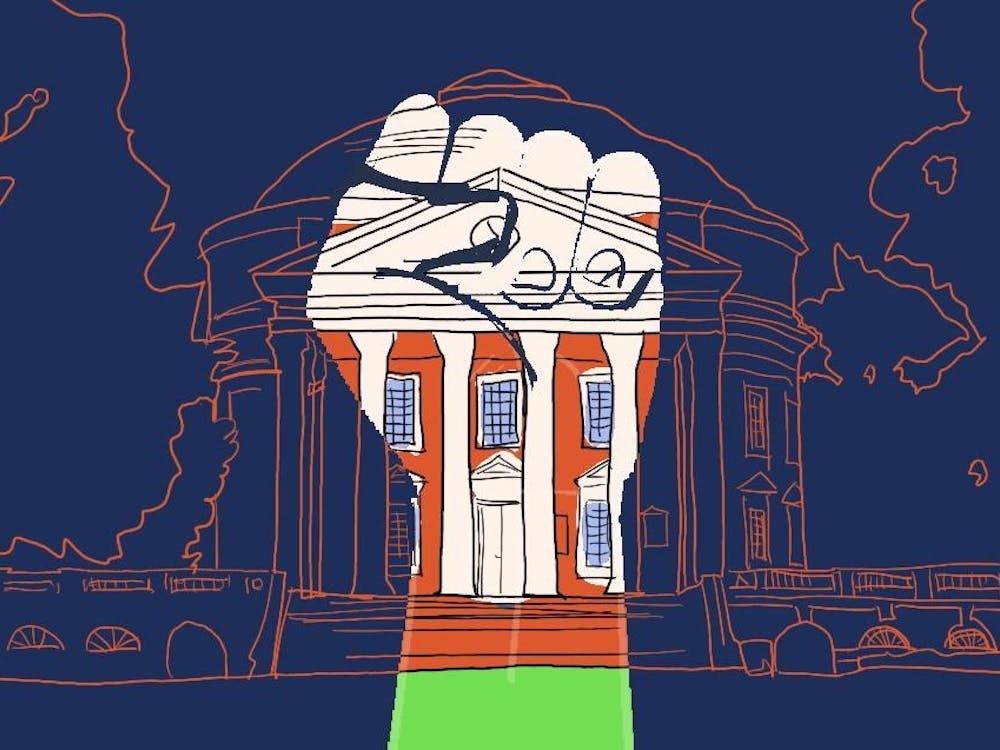Seminars at the University typically represent the pinnacle of undergraduate education within the humanities. Large lecture classes, which are a necessary part of the education assembly line due to the University’s enrollment of 16,736, are generally stepping stones that lay the foundation for a deeper, more critical analysis of focused issues within capstone seminars. Seminars are marketed by the University as interactive classes with 20 or fewer students. While the latter half of the statement may be true, the University should stop assuming that interactivity will necessarily follow from small class sizes. Increasing the degree of interactivity in humanities seminars at the University makes classes both more engaging for the students involved, as well as more substantive in the insights obtained.
Small classes do not necessarily produce good discussion. Seminars in the humanities generally range from 17 people in the Politics department to 20 people in Sociology and Anthropology. Nevertheless, quick glances at syllabi and class size do not reveal what the experience can actually be like in a higher-level seminar. As many students around Grounds may attest to, professors who teach higher-level seminars are often interested in getting through as much content as possible in a high-powered, two-and-a-half-hour fact barrage. By doing so, they leave too little time to facilitate discussion. It’s understandable that experts in various fields should want to take extended blocks of time to provide exposition for class discussion. However, after that groundwork has been laid, professors should take the role of moderators, allowing students to openly exchange ideas in a free marketplace. Seminars are not glorified lectures, where students are to be spoken at rather than being spoken to.
Re-Socratizing the seminar form forces students to be more actively engaged in the overall class discussion, making learning a more enjoyable and interesting experience. The Socratic method, under which the instructor asks frequent questions of the students, is used in law schools around the country to analyze the critical thinking skills of students. Probing questions regarding the theme of the discussion, rather than the details, are effective and engaging tools that are underused by professors in seminars. Student apathy, a critical issue in higher education, can be addressed by making sure that students understand the importance of their classes, as well as their individual roles to play within small seminar discussions.
Socratic seminars bring out confidence in those who may not have confidence in their day-to-day lives and provide more incentives for students to adequately prepare for class. Although some students may find it initially daunting to be challenged by a professor in class, so long as the professor’s attitude is warm and exploratory, rather than harsh and challenging, individuals can grow by being forced to think critically about issues. The knowledge that a professor may call upon any individual at any time, especially if such participation is a major part of the final grade, also provides a strong incentive for students to prepare more in depth for their classes.
Encouraging active-learning assignments when assigning homework for classes will also improve the quality of seminar discussions. Studies have shown that students have overall better retention when faced with active-learning assignments. In seminars at the University, however, the norm is for dauntingly large reading assignments to be assigned each week, often with no expectation of deep synthesis of ideas required. Students often have no need to even read the readings, given how rare some professor discuss assigned readings in class. Rather than static assignments such as readings, professors in seminars should require students to create more tangible products, such as blog posts or position papers, that can then be brought into seminar to be discussed. Only through the production of ideas on paper can arguments be dissected and analyzed to their fullest extent.
Conducting debates between students in seminars is one of the best ways of cementing concepts and ideas into students’ minds. Debate can help students gain empathy with contrary positions, challenge a popular viewpoint and reinforce ideas related to course content. In seminars, by extending debates from student-to-professor to student-to-student, individual classmates learn how to conduct respectful and coherent discussion even in the absence of a moderator. Building on the ideas of others is how every major field of research is conducted in the world, and establishing that mechanism within University seminars leads to greater familiarity with the structure of inquiry.
Re-Socratizing seminars means that seminars move away from a hub-and-spoke model of education, where the professor is at the center of discussion, to a more web-like model of interaction, where student-to-student interactions are equally important. Removing the professor as the focal point of discussion brings discussion back to the general concepts that the class finds useful to explore, thusly democratizing the education process within certain topical constraints. The freedom to explore ideas that students find interesting, rather than ideas that the professor is forced to share, is a freedom that is unique to college and a dynamic that should be encouraged. By bringing student self-governance back into the classroom and trusting students with more freedom and responsibility in seminars, the University moves closer to Jefferson’s initial vision of the future of education.
Eric Xu is a Viewpoint writer.






